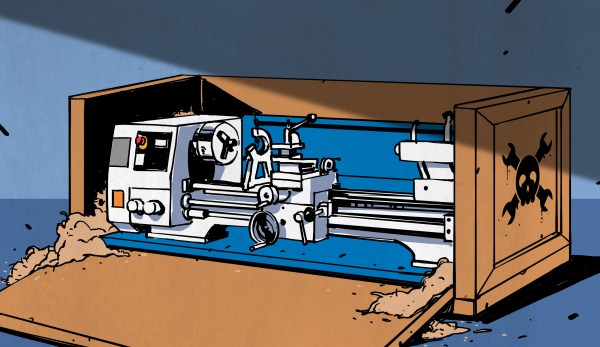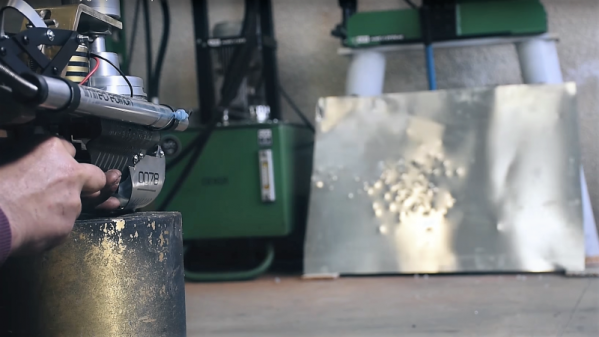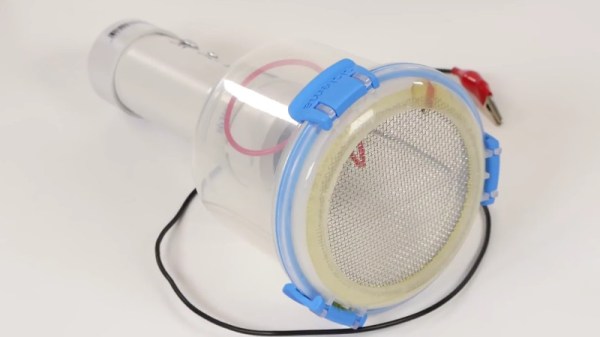If you’ve spent much time in a chemistry or biology lab, you’ve probably seen a magnetic stirrer. This is a little table that you put a beaker on. A little bar (often called a flea or a pill) goes in the solution and spins to stir the beaker’s contents. Simple versions are not that expensive, but nicer ones can cost a bit. [John] decided to build his own using 3D printing and the design is delightfully simple.
The electronics is nothing more than a PC fan, an off-the-shelf fan controller with a display, and a 3D printed bracket with some magnets. The flea is also 3D printed, although we’d probably buy cheap commercial fleas since they are usually coated with Teflon or some other non-reactive substance. Depending on what you are stirring, the reactivity of your 3D printed plastic and its porosity could be a concern. In addition, a commercial flea has a pivot ring that helps it spin smoothly, although we are sure the 3D printed one will work in most cases.
Continue reading “3D Printed Magnetic Stirrer Could Hardly Be Simpler”


















